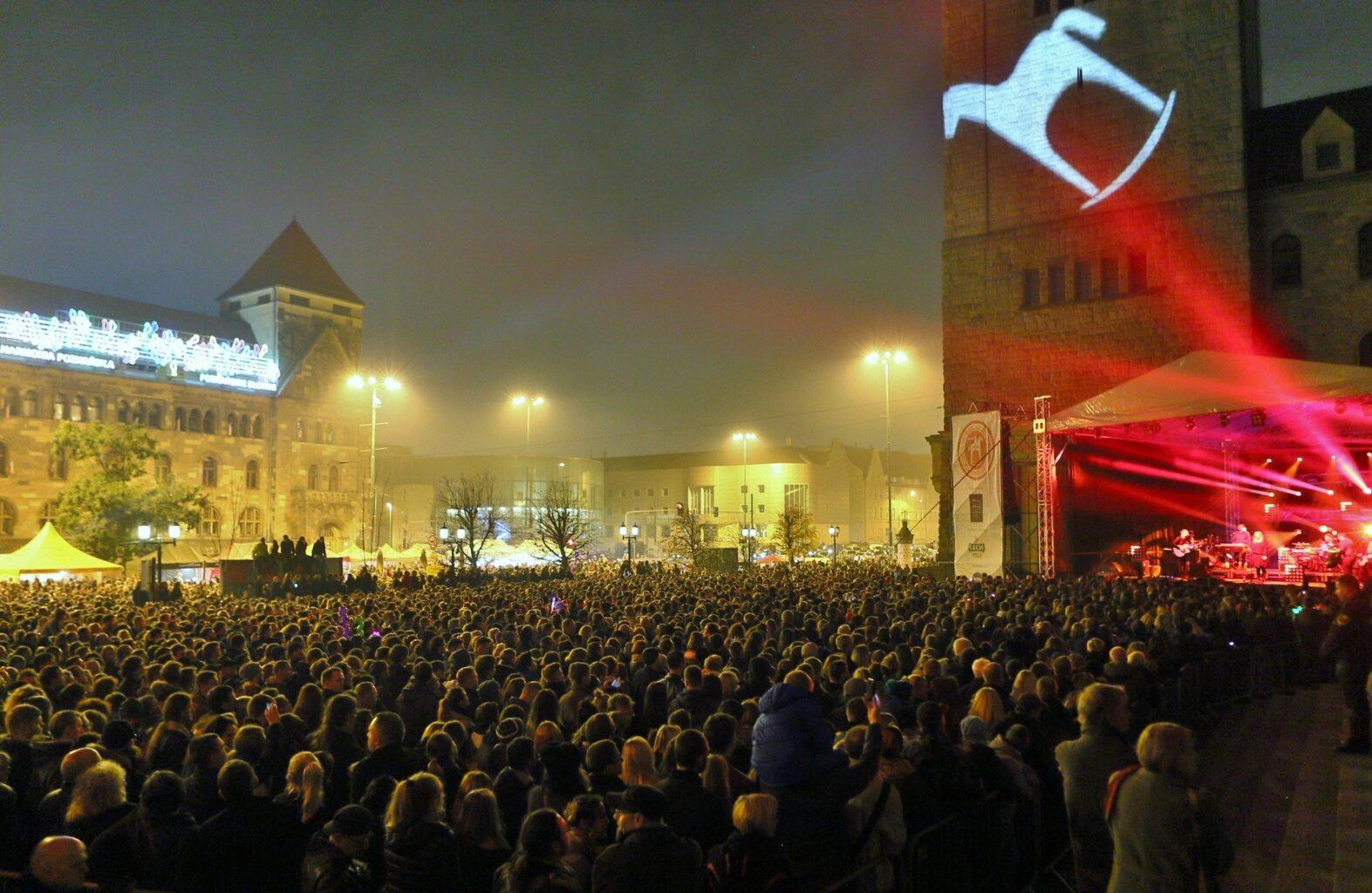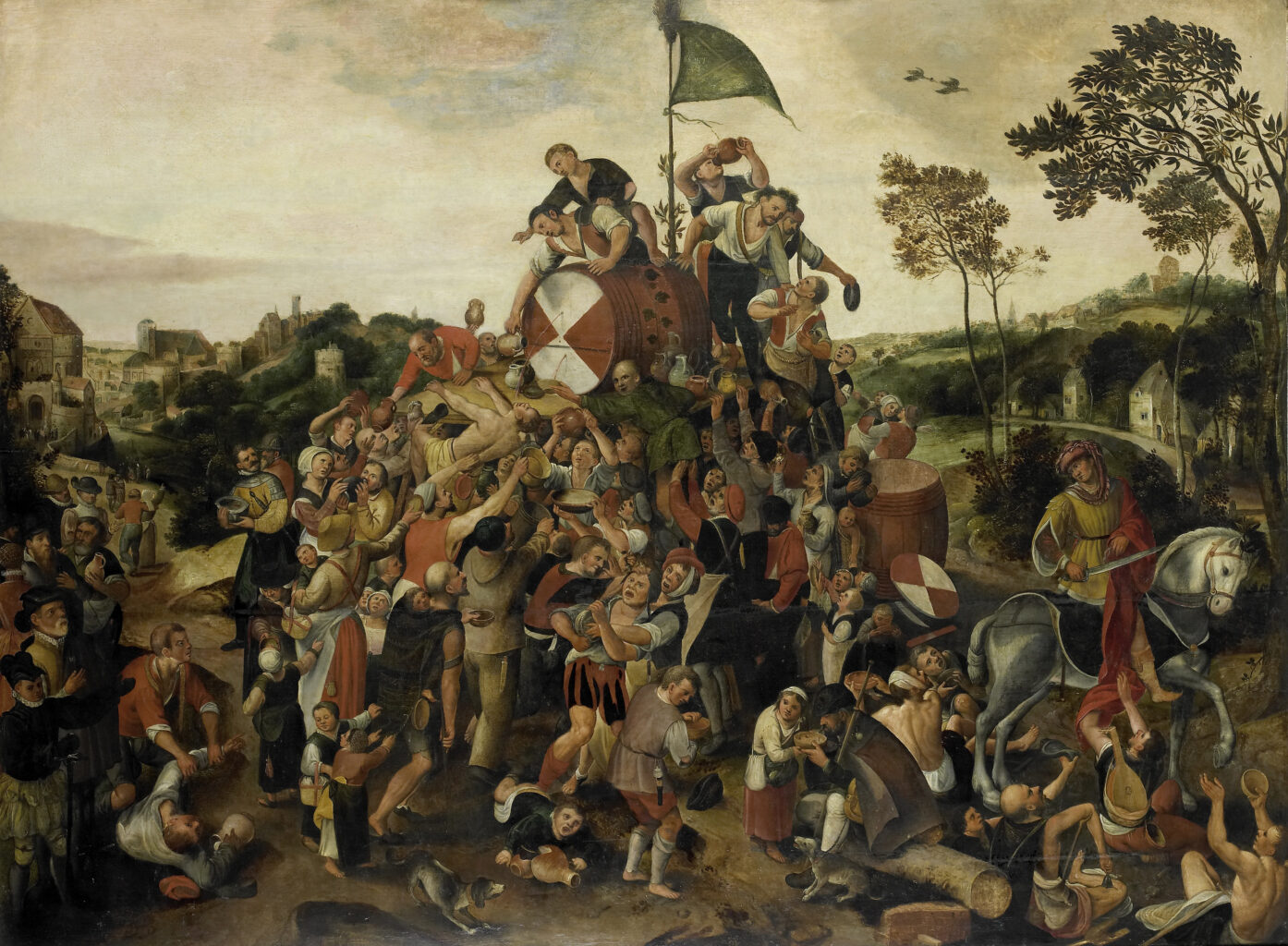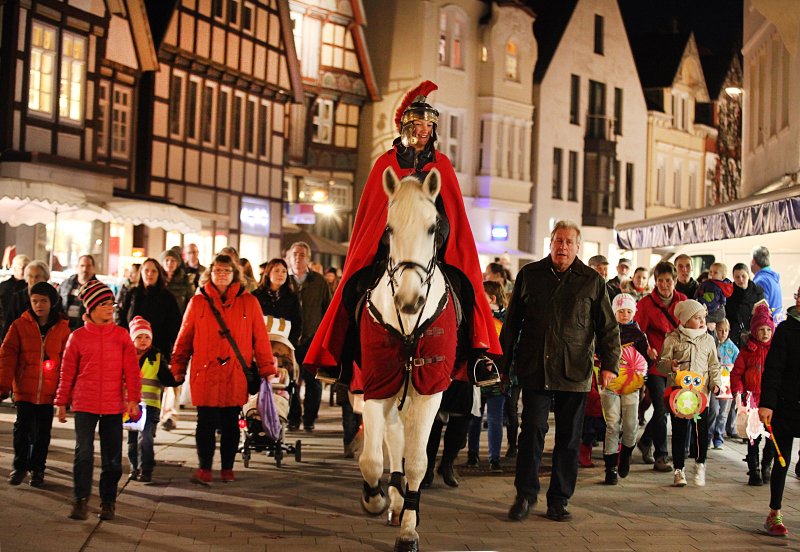
Saint Martin’s Day, in the Christian tradition, honors Saint Martin: the ancient Saint Martin who was born circa 316 AD or 336 AD, and then died on November 8, 397 AD at age 50 to 81 years old. The feast of Saint Martin is celebrated on a November 11th. Martin was a Roman soldier from apagan family who later comverted to Christianity was then baptized as an adult, and a Christian missionary, and then became the Bishop of Tours, France in Gaul Country. This holy man is known for his many acts of charitable kindness, especially for using his sword to cut his cloak in two pieces; giving one piece to a beggar clad only in rags in the depth of a winter, who was shivering miserably.
That night, the pious Martin had a vision of Jesus Christ wearing the half cloak and speaking to him. Saint Martin of Tours was a prominent figure in the spread of Christianity in Europe in the fourth century AD. He was a gentle, humble servant of God, known the most for helping those individuals in need, was chosen by the people of Tours to be their spiritual leader, a position he reluctantly agreed to. The blessed man was also said to bestow gifts on children. He also converted pagan temples into Christian churches. Saint Martin’s University, founded as a university in 1900 by the Benedict monks of Saint Martin’s Abbey, is a private center of higher education in Lacey, Washington that is named after its patron Catholic Christian saint. There is a small island , 87 square kilometers (34 square miles) in the northeast Caribbean Sea, approximately 300 kilometers (190 miles) east of Puerto Rico, called “Saint Martin”.
The island is divided roughly 60:40 between the French Republic 53 square kilometers (20 square miles) and the Kingdom of the Netherlands 34 square kilometers (13 square miles), but the Dutch part is more populated than the French part. These different ethnic territories date to 1648. Ships of Christopher Columbus anchored offshore of an island now called Nevis, a small island in the Caribbean sea that forms part of the inner arc of the Leeward Islands chain of the West Indies. Columbus arrived on the shore of Nevis on November 11, 1493. The name “Saint Martin (Island) ” was born to describe the island and various surrounding islands.
Before Europe had a Saint Martin’s Day, November 11th was a very special ancient pagan religious and ceremonial festival day through out Europe, especially among the German peoples and German territories that marked the end of the harvest season and the beginning of winter. With some ancient peoples it was a time of the beginning of a new year. This time period is sometimes historically called Old Halloween or Hallowmas Eve or Hallowmas Evening. Also, it has been called the “winter reveling season”. At this time period, the ancient peoples engaged in feasting on roasted geese, beef, a roasted suckling pig, vegetables such as red cabbage and dumplings, drinking the first wine of the season, and mummering.
In Germanic areas, the people would a do religious ceremony of lighting bonfires as a prayer ritual to help strength the power of the sun to survive the harsh winter. In the fifteenth century,the Rhineland held so many bonfires that such particular activity that was nicknamed “Funkentag” (spark day) or “Funkennacht” (spark night). There were also a procession of children carrying lanterns, as part of an alleged magical ritual, to further aid the light and warmth power of the sun. At times, a turnip was carved into a “Jack of Lantern Face” with a lit candle inside, very reminiscent of what would be seen with a carved face pumpkin during Halloween night. At times, ancient European children even had their lantern light festival late in the hours of darkness on the night before November 11th on November 10th. Perhaps there were people who got their dates mixed-up.

There were a large number of people, especially in Germany, who believed, centuries and centuries ago, that November 11th was a special time when witches were quite active with spelling casting rituals and a time when ghosts; spirits were more able to communicate with the living flesh, blood, and bone people. Such occult notions are also found in the winter arrival festival of Halloween. When the freezing cold winter would come, sometimes, very far back in the past, certain people, as very old, elderly, and sick people would die from the extreme, constant cold weather and that helped to contribute to the belief of more ghosts; spirits roaming the earth than usually. Also, certain populated areas would at times experience snow avalanches with individuals dying from being greatly buried thereupon, and thus there being extra ghosts; spirits thereabout.

The Catholic Christian Church decided, many centuries ago, to try to “weave out” (take away) the pagan influences of the winter ceremonious festivals and then substitute with the Christian themes. That practice is what was done to create Saint Martin’s Day. Roman and Greek Catholicism have done the same thing to other pagan eons old rites and beliefs and over ancient times have created Christmas, Easter, and other Christian holy holidays. Irish Saint Patrick’s Day, which heralded the arrival of spring time in ancient Europe, once had certain eons old pagan roots, but the Catholic Church got rid of them, and then formerly Christianized Saint Patrick’s Day in 1631. Saint Martin’s Day has all the activities mentioned in the previous paragraph, plus some extra activities within Catholic Christian dressings, as a boy or a young man riding on a horse representing Saint Martin, traveling with the lantern carrying parade. Sometimes the Saint Martin figure also dispenses candies and other edible goodies to the crowd, especially to small children. Other times the procession sings holy Christian hymns.



